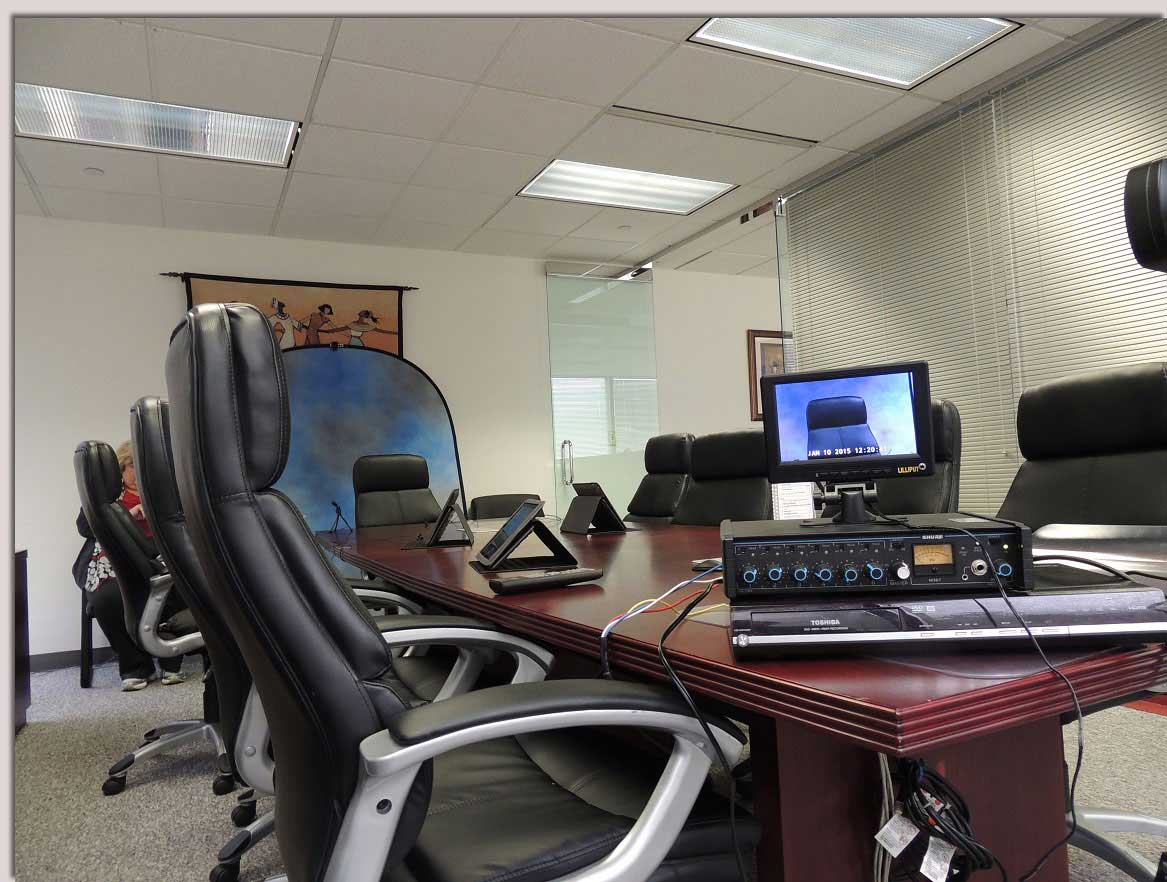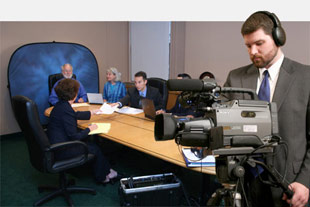Why Legal Videography is Vital for Accurate Legal Documentation
Why Legal Videography is Vital for Accurate Legal Documentation
Blog Article
Delving Into the Systems of Lawful Videography: Introduction Its Operation in Safeguarding Authentic Aesthetic Statement for Judicial Process
In the world of judicial process, the duty of lawful videography stands as a cornerstone in preserving and offering visual evidence. As modern technology continues to development, the mechanisms behind legal videography have actually become significantly detailed, offering an essential layer of credibility to testaments recorded on video.
Historical Advancement of Lawful Videography
Examining the historical progression of legal videography exposes a considerable improvement in the catching and discussion of visual proof within the legal landscape. In the past, legal proceedings heavily relied upon composed records and photos to record occasions and provide evidence. With the advent of video innovation, the legal industry experienced a standard change in how aesthetic testament was recorded and offered.
The development of legal videography can be mapped back to the late 20th century when improvements in video recording tools made it a lot more available for usage in courtrooms. This technical improvement not only improved the precision and reliability of visual proof but also changed the method situations were presented to juries and courts (Legal Videography). Attorneys began to identify the influential power of video recordings in sharing emotions, nuances, and non-verbal signs that created transcripts or pictures alone could not record efficiently

Technology Advancements in Video Paperwork
What vital technological improvements have changed video documents in the lawful area? The legal area has seen significant improvements in video documentation modern technology that have actually improved the authenticity and reliability of visual evidence in judicial proceedings. Among the key improvements is high-definition (HD) video recording abilities, which supply crystal-clear images and sharp details that are important for precisely catching testimonies, face expressions, and other aesthetic hints. In addition, the integration of timestamping and metadata functions in video clip documentation tools has actually made it possible for exact paperwork of when and where the video clip was videotaped, making sure the stability of the evidence presented in court.
Furthermore, innovations in video clip file encryption and watermarking technologies have reinforced the safety and tamper-proof nature of video evidence, protecting it against unapproved changes or tampering. The advent of cloud storage remedies and remote access abilities has streamlined the storage, retrieval, and sharing of video evidence, facilitating smooth collaboration among legal experts and making sure efficient access to essential visual testaments when required. These technical innovations in video clip paperwork have unquestionably reinvented the legal field, improving the accuracy, integrity, and admissibility of visual evidence in judicial procedures.
Role of Lawful Videographers in Court Room Setups
The evolution of video clip documentation modern technology in the legal area has required an important duty for legal videographers in courtroom setups, making sure the stability and dependability of aesthetic testimonies provided throughout judicial procedures. Lawful videographers play a fundamental duty in capturing and protecting exact visual evidence that can be pivotal in lawsuit. Their responsibility includes establishing equipment, videotaping procedures, and creating high-grade videos that accurately show the events in the courtroom.
In court room setups, lawful videographers need to follow rigorous standards and criteria to preserve the credibility of the visual record. They should possess an eager eye for detail and a comprehensive understanding of legal treatments to ensure that the video they catch is a true representation of the occasions that transpired. Furthermore, lawful videographers frequently function very closely with legal groups to make sure that the video clip proof aligns with the situation's demands and can be properly presented in court to sustain the lawful debates why not try here being made. Overall, the duty of lawful videographers in courtroom setups is essential in upholding the principles of justice and ensuring the openness of lawful i loved this procedures.

Ensuring Admissibility and Honesty of Video Evidence
To maintain the integrity of visual evidence presented in legal process, guaranteeing the admissibility and integrity of video proof is an important duty for legal videographers. Admissibility describes the acceptance of proof by the court, and for video clip evidence to be permissible, it must meet specific standards. Lawful videographers play a vital role in guaranteeing that the videos they record abide by the guidelines of proof, such as reliability, credibility, and relevance.
Integrity of video clip proof involves maintaining the creativity and precision of the video footage from the moment it is tape-recorded until it exists in court. This includes securely keeping the video documents, documenting the chain of wardship, and avoiding any type of meddling or modifications. Lawful videographers have to follow rigorous methods to guarantee the honesty of the video clip proof and protect against any difficulties to its credibility.
Future Trends in Legal Videography
Offered the enhancing dependence on innovation in legal procedures, lawful videographers are poised to embrace cutting-edge developments forming the future of visual statement capture and presentation. Among the noticeable patterns imminent is the integration of digital fact (VR) and boosted fact (AR) modern technologies right into legal videography. These technologies have the potential to reinvent how visual proof exists in court rooms, allowing courts and courts to immerse themselves in the scene of the crime or incident.
Moreover, making use of artificial intelligence (AI) formulas for video clip analysis is anticipated to simplify the process of assessing and examining huge quantities of video clip footage. AI can aid in determining essential minutes, anomalies, and patterns within video clips, boosting the efficiency of lawful examinations.

Final Thought
To conclude, legal videography has actually played an important function in giving authentic visual evidence for judicial procedures. Through technological advancements and the expertise of lawful videographers, the stability and admissibility of video evidence are made certain in courtroom settings. As legal videography remains to develop, it will be vital to support requirements that preserve the precision and integrity of aesthetic testament for the future of lawful proceedings.
Checking out the historic development of legal videography reveals a significant makeover in the capturing and presentation of visual proof within the legal landscape.The advancement of video clip documents modern technology in the legal field has required an important duty for lawful videographers in courtroom setups, ensuring the stability and dependability of visual testaments provided during judicial process. Additionally, legal videographers typically work carefully with legal groups to make sure that the video clip evidence aligns with the situation's needs and can be effectively provided in court to support the lawful disagreements being made.To preserve the credibility of aesthetic evidence presented in legal process, ensuring the admissibility and integrity of video evidence is a critical obligation for legal videographers. As lawful videography proceeds to progress, it will be crucial to maintain standards that keep the accuracy and dependability of visual statement for the future of legal procedures.
Report this page